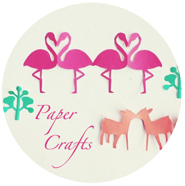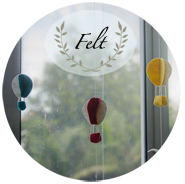**Before starting these activities, have you tried out these Exploration activities? Do read about how your child can learn Math concepts through a developmental sequence.
Spatial concepts are the relationships between people and objects as well as objects with one another. Children need vocabulary that will help them to describe position, direction and relationships. This vocabulary and the conceptual awareness will be useful when they start to classify and order materials.
Concepts like in front of, behind, top, bottom, over, under, last, between, farthest, backward, in, on, etc. Help us understand directions more precisely, ask detailed questions, and express our ideas to others. For preschoolers, an awareness or understanding of spatial concepts and relationships usually predicts success in Math, Reading and following directions.
Here are the activities for your child to learn Spatial Concepts :
1. Books to Read-aloud that teach Spatial Relationships
 Up, Down and Around – Ayers and Westcott Rosie’s Walk – Hutchins
Up, Down and Around – Ayers and Westcott Rosie’s Walk – Hutchins
2. Obstacle course

Set up an obstacle course using ropes or boxes. Give directions that emphasize position and direction. For example, “Go under or over the rope,” “Step over the box,” “Walk around the circle”, “Stand inside the circle”.
3. Mummy Says
Direct child’s attention to directional words when playing. e.g., “Mummy says go under the table.”
4. Stackable Snacks

Make sandwiches by spreading butter ON the sandwich, then talk about the bread that is on TOP of the cheese, the ham that is in the MIDDLE and other ingredients at the BOTTOM.
5. Left, Right Prints
Give the child a sheet of construction paper that has been folded in half. Ask the child to dip their right hand in paint and make a print on the right side of the paper. Do the same with the left hand.
6. Spatial Concept Cards

You can print 2 sets of these spatial concept cards to play matching pairs, or use these animal cutouts to explore spatial relationships. E.g, “Put the dog ON the chair.” “Put the cat into the box” etc
7. Exploring spatial concepts using Manipulatives or LEGO

Create a grid of 9 squares on a piece of paper and give the child 5-10 colours of snap cubes or LEGO pieces of various colours.
- Provide the child with verbal directional instructions. For example, “Place the red cube ON TOP of the blue cube.” “Place the yellow cube BELOW the red cube” “Put the green cube on the RIGHT of the yellow cube” etc
- Continue giving directions. Offer the child additional colours for an extra challenge.
—-
Next on the series of Hands on Math, will be the concept of Classification.
For more articles on Home-Learning for Pre-schoolers, do go to the Directory of Learning articles on this blog.

























